We custom, engineer and manufacture your wire harnesses completely in-House, in VOcSoN own R&D center and manufacturing & assembly factory. With our expertise in wire harness anufacturing, we can bring your products to market quickly.
VOCSON has been a trusted custom wire harness manufacturer in the industry. We providecomplete turnkey solutions for a wide range of applications. Our team can help streamline yourmanufacturing process and free up your production team, allowing us to climb the peak of themarket together. At VOCSON, your custom wire harnesses and wire harness assemblies aremanufactured to your exact design specifications. Our team understands that each project hasits own unique design. Upon receiving your prints and BOM, our experienced engineers reviewthem to ensure that all components are compatible and then relay any inconsistencies to yourstaff. We find that this eliminates any confusion during the production process. in addition, wedo not have a minimum order quantity. Therefore, this provides great flexibility for ourcustomers.

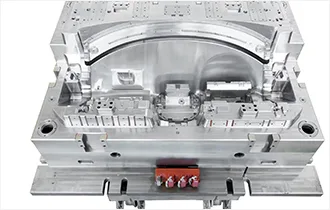
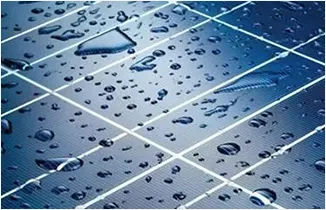
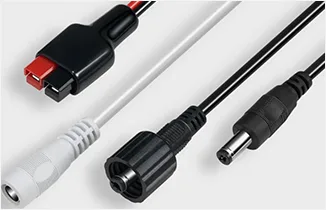

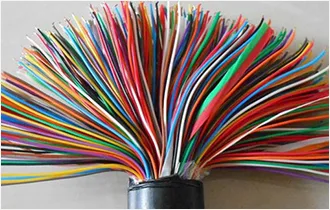
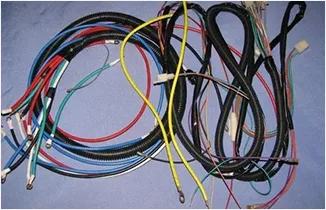
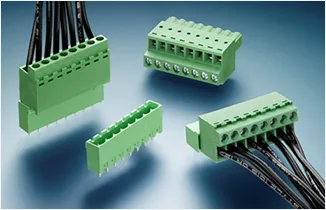
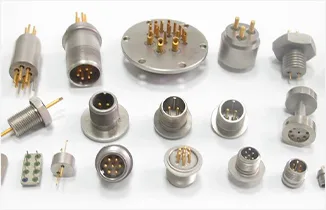
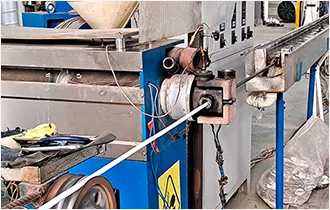
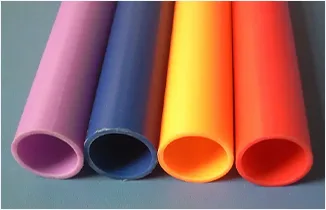
PVC, Polypropylene, Neoprene, & Santoprene
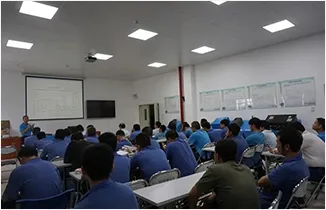


01 Your Requirements

02 Engineer Analysis

03 Send Quote
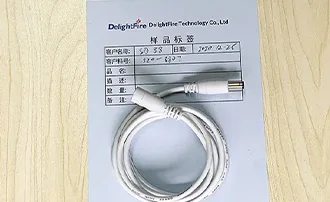
04 Samples for Testing
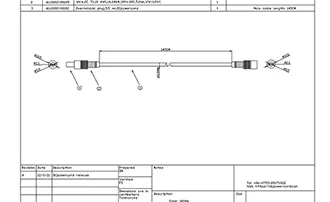
05 wire harness drawing
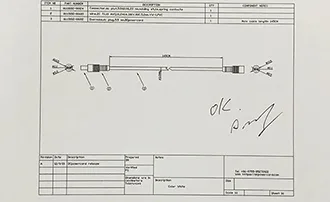
06 Construct BOM in ERP
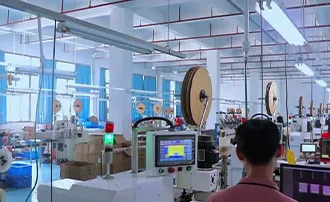
07 Mass Production
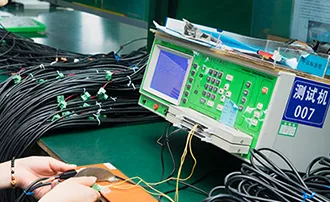
08 100% Testing and Full Inspection
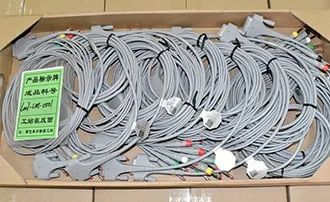
09 Pack as Your Requirement
10 Shipping & Tracking

11 Protect Your IP
Wire & Cable Conductor Resistance Test
Insulation Resistance Test
Insertion And Extraction Force Testing
Terminal Section Cross Analysing
Pull Force Testing
Wiring checking
Salty spray Testing
Product AppearanceInspection
Swing Testing
Fast certification services: With 17 years of cable wire harness experience, Long-term cooperative testing laboratory can help get your certificates quickly.









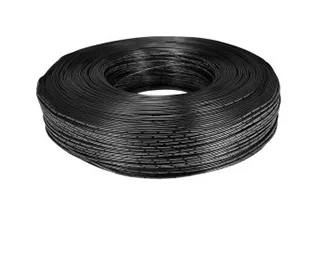
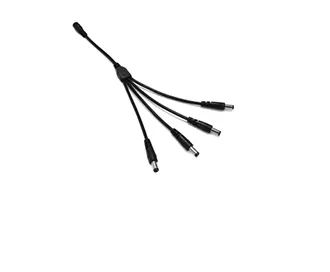
DC Female to 4 Male CCTV Camera Power Cables
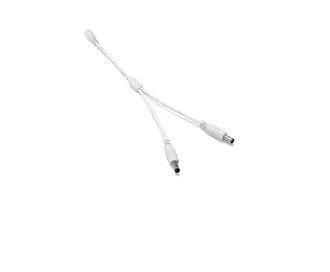
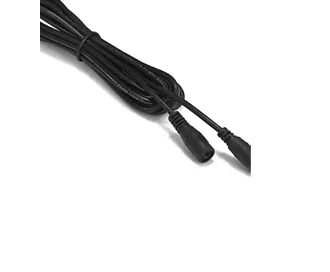
Power Supply Adapter Extension Cable
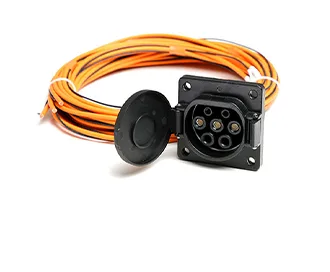
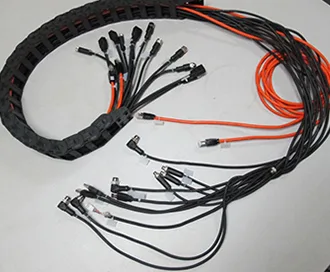
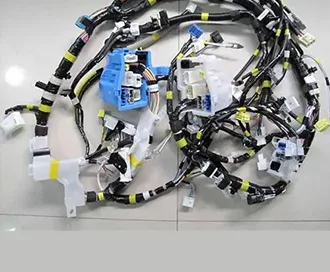
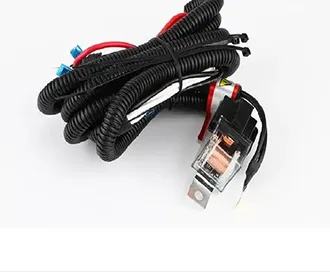
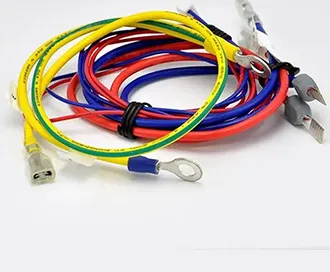
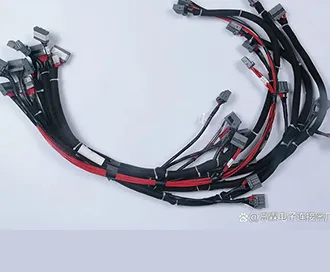
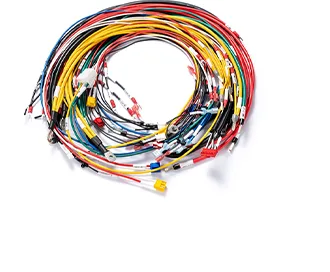
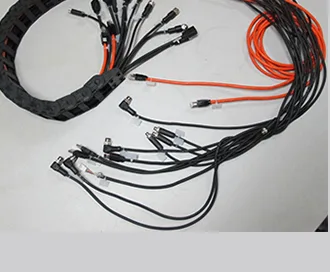
Wiring harness design is an engineering discipline in electrical, mechanical, and manufacturing engineering that deals with creating electrical connections in different electronic products. A wiring harness can be described as a single arrangement of wire, cables, and connectors to join together parts of a particular device similar to the circulatory system of an animal.
Actually, harness design is not only about the placement of wires but a process flow that starts with the conceptualization of the product down to manufacturing. Several factors must be taken into account by engineers, some of which include electrical performance, mechanical characteristics, compatibility with environmental conditions, cost of efficient design of products, plus ease at which they can be maintained.
The major function of the wiring harness design is to facilitate the performance of electronic devices and systems. Specifically, harness design aims to:
Wiring harness design typically involves the following steps:
Among all factors influencing the Custom wiring harness, the conductor selection is one of the most significant because it determines the characteristics of the harness. Key factors to consider include:
Connector is another critical factor to be considered while customing wiring harness, as it dictates the reliability and ease of maintenance of the harness. Key factors to consider include:
Wiring harness design is an electrical, mechanical, and manufacturing process, and many software’s are involved in the design process. Common software tools for wiring harness design can be categorized into:
Cable harness design software typically offers the following features:
Custom Wiring harness manufacturing is the process of connecting several wires, cables, and connectors sequentially in the necessary electrical connections in most of the electronics.
The standards and regulations have a profound impact on cable harness design.
As technologies applied to electronic products are improving gradually, the wiring harness design is also changing. Current trends include:
Cable harness design is a process that can sometimes cause problems with the quality of the products that are being manufactured. Some common errors include:
To improve the efficiency of wiring harness design, consider the following strategies:
Cable harness design plays a critical role in determining the overall quality and performance of a product. Here’s how:
Looking for Wiring Harnesses Design Services for Your Project?
As a renowned cable harness solution provider giant VOCSON can ensure that your project is leading the industry, Choose us to provide wire harness products, and OEM or ODM services for you.